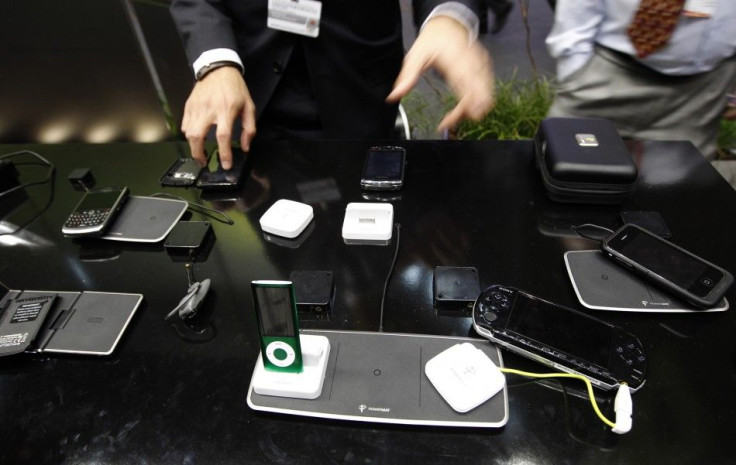Your iPhone could now require charging once in months, say Illinois researchers

A team of researchers at the University of Illinois' Beckman Institute for Advanced Science and Technology has worked on a novel ultra-low power digital memory that could drastically reduce the time between successive recharges of battery in all mobile devices.
The new memory is essentially comprised of what is known as power phase change materials (PCM) and stores data in the resistance of the material, as opposed to the currently used flash memory that stores bits as charge.
The research team, led by Eric Pop, professor of computer and electrical engineering at the University, has reduced the power per bit in the PCM by almost 100 times by placing it in carbon nanotubes - which are 10,000 times smaller than a human hair - in place of the standard metal wires used in industry today. Since energy consumption varies directly with the volume of the memory bit, these tubes lead to much smaller consumption of power, leading to significant increase in battery life. In fact, the group feels that it may be possible to reduce power consumption (and increase energy efficiency) even beyond the groundbreaking 100-fold reduction demonstrated and is currently working to achieve that.
Growing proportions of energy consumed by mobile devices such as cell phones and laptops are taken up by memory, as these devices are used increasingly for computing. As one graduate student in the team points out, alternative forms of data storage and retrieval become critical to optimizing power usage as the thrust on running applications or storing MP3s or streaming videos grows.
According to Professor Pop as quoted in a campus publication, the new model could increase the energy efficiency of an iPhone, for example, to an extent where it could run for much longer periods of time on a smaller battery, or even to the point where it could run simply by harvesting its own thermal, mechanical or solar energy - no battery required!
The benefits also have the potential to be extended to anything that runs on battery, such as satellites, telecommunications equipment in remote locations, or any number of scientific and military applications.
Not all in the scientific community, however, appear to be convinced immediately. There is one school of thought which feels that the display, processing unit and wireless modems are equally, if not more, potent power-guzzlers. Hence, simply working on the memory may not achieve that much. Moreover, as technology blogger Jason Mick writes on DailyTech, under the current processes and technology, creating chips with gapped carbon nanotubes is not an affordable option, which means that the cost involved in manufacturing these may more than negate the benefits from low-power memory.
© Copyright IBTimes 2024. All rights reserved.





















